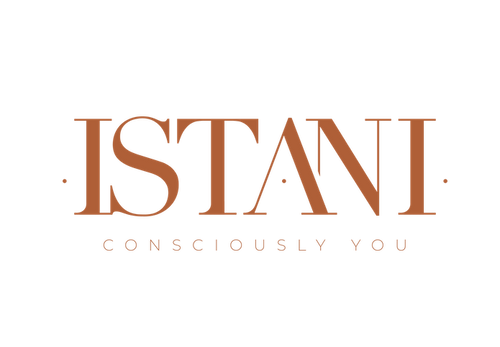A love letter to the land that raised me and the craft that enlivened me

In the sun-drenched expanses of Sindh, where the Indus River weaves through the land like a thread, artisans sit in workshops and engage in a perennial ritual. Their hands, seasoned by generations of craft, bring forth the Ajrak—a textile that transcends fabric, embodying the historical, spiritual and social essence of a people.

Ajrak is not just a cloth; it is a living testament to the Sindhi identity, a symbol of pride and unity. It carries the people through their life: cradling infants, adorning brides, serving as turbans for men, and as shawls for women. It is draped over honored guests as a gesture of respect and is present at every significant event, weaving together time and reinforcing relationships.

The creation of Ajrak is a sacred process, tied to the land and the divine. It begins with the purification of the fabric, washed in the flowing waters of the Indus—a ritual cleansing that connects the material to the lifeblood of the land. The cloth is then treated with natural substances, preparing it for the artistry to come.

Artisans carve elaborate designs into wooden blocks, each pattern a transmission of ancestral wisdom. Here, printing is a meditative act, a moment where time folds into itself as the block meets the fabric. This is sacrosanct labor - the repeated dyeing and washing, the enduring of heat, the careful drying of plants, the alchemizing of colors and cloth.

Originating in the Indus Valley Civilization as the apex of indigenous textile technology, the cloth carries meaning The hues bring their own qualities. Deep blue, derived from the indigo plant, mirrors the sky, vast and infinite. Rich red symbolizes courage and the earth, grounding the wearer in resilience. Black represents strength, often used to outline motifs to provide definition and contrast, while white signifies purity, highlighting patterns and adding balance.

In Ajrak the metaphysical meets the practical. Through generations of observation and deep attunement with the natural world, artisans discovered that in warmth, the dyes expand the fabric's pores, allowing air to circulate and cool the wearer. In colder conditions, the pores contract, retaining heat and providing warmth. This knowledge, gleaned from an intimate relationship with plant and animal kin, transforms Ajrak into more than just an object—it is a vessel of ancestral intelligence.

The motifs adorning Ajrak are rich with symbolism. Geometric patterns, such as the "chakkan" or six-pointed star, are believed to bestow good fortune and ward off evil. The trefoil, a recurring motif, signifies the unity of sun, water, and earth, reflecting a cosmic balance between elements. Each design is an invocation, a quiet prayer pressed into fabric, carried forth by those who wear it.

In every thread of Ajrak, there is a story—a narrative of the land, the cosmos, and the hands that craft it. It is a rhythmic journey, a lyrical ode to the artisans who, through their devotion, preserve the spiritual and social fabric of their culture. Ajrak is not merely worn; it is lived, a vibrant testament to the enduring spirit of a people.



